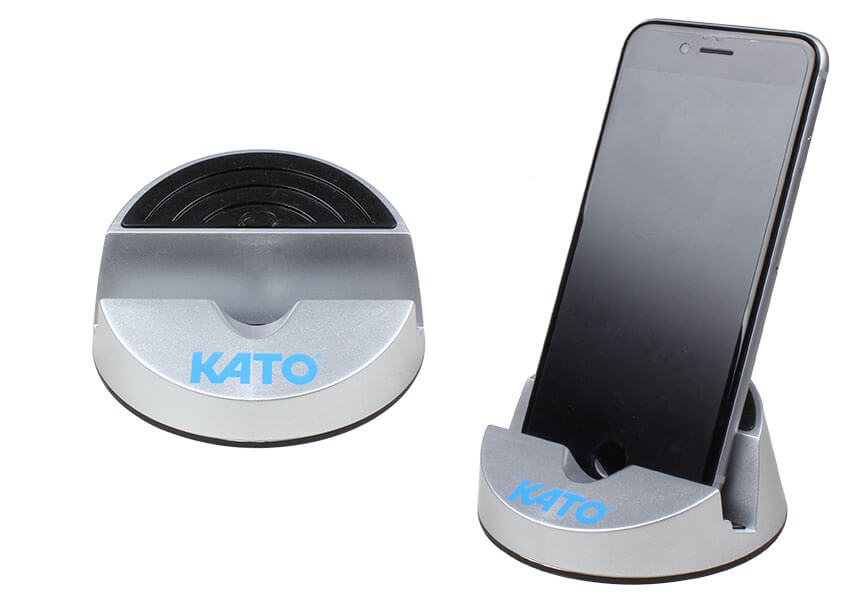
It has been brought to our attention that some of our competitors are recommending leaving the tangs in place on installed inserts as a time and cost savings. This is obviously a poor attempt to keep the customers from experiencing all of the advantages of KATO® Tangless® Inserts. But, even more critical is the potential date with disaster that this recommendation can bring.
The following is a summary of the reasons that KATO Fastening Systems does not recommend leaving the tangs in place on installed helically coiled inserts.
An inherent and functional part of the insert design is that the tangs break off easily and cleanly after the inserts are installed. The notched tangs were never intended to be left in place. The notch is cut to a nominal depth of half the wire cross section, and to a sharp “V”. Tangs left in place could at any time in the future, break off and potentially contaminate critical electrical or mechanical components. It is logical to conclude that the vibration frequencies and occasional impact (e.g. rough landings) typical of aerospace applications would be sufficient enough to break off a tang that was originally intended to be broken off by an impact blow from a tang break-off tool. A loose tang could create a particularly hazardous, and possibly life threatening situation in airborne applications, e.g. aircraft or missiles.
If tangs are left in place and they are contacted by the bolt or screw, the metal-to-metal contact can cause galling to occur. In addition, if seizing occurs, it is possible for the bolt or screw to move the insert forward, or upon removal of the bolt or screw, the insert may back completely or partially out of the tapped hole.
Bolts and screws have chamfered threads to facilitate easier starting into the tapped hole and eliminate cross threading.
In order to guarantee that the insert assembly tensile strength is optimal, the chamfered threads of the bolt or screw must pass completely through the installed insert so that the entire length of the insert is engaged by the full threads of the bolt or screw. In addition, when using locking inserts, it is critical that the locking element is engaged by the full threads of the bolt or screw, and not by the chamfered threads, in order to guarantee optimum locking action.
By utilizing an insert that is longer than that which is necessary for the application, there is an increased per unit cost for the inserts. Even more significant, there is an increase in the drilling and tapping time required for the depth of the tapped hole for the longer insert, and increased tooling costs due to wear and breakage. In addition , the deeper tapped holes require added parent material thickness in order to not weaken the overall assembly. With the emphasis on space and weight savings on airborne applications, it would be logical to use a shorter insert, in lieu of installing a longer one that does not add any strength to the assembly, since it is not fully engaged by the bolt.
MS33537, the assembly specification for helical coil inserts states “The tang should be removed from the insert after installation”. If our competitor recommends using “unnotched” inserts to keep the tang from breaking off, this does not meet the military standards for helical coil inserts as “unnotched” inserts were made inactive for new designs after October 15, 1969.
The KATO organization has 25 years of experience with helically coiled inserts used in aerospace applications, and is a manufacturer of both tanged and Tangless Inserts. It is our recommendation, particularly on airborne applications, that a foreign object damage free (FOD - Free) fastener design be implemented wherever possible to eliminate the possibility of a tang contaminating critical electrical or mechanical components, and creating a potentially hazardous situation.
If you have any questions, please contact us.
For more technical articles, register to KATOpedia today! Registration is FREE, and take less than 1 minute to complete and gain access to the world's most comprehensive online encyclopedia for helically coiled screw thread inserts and tools.